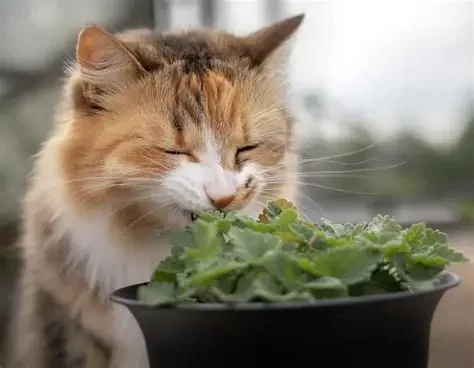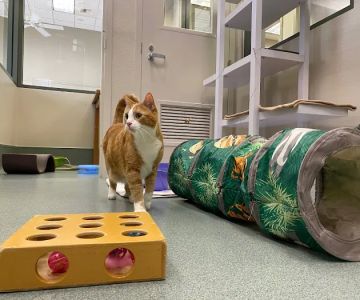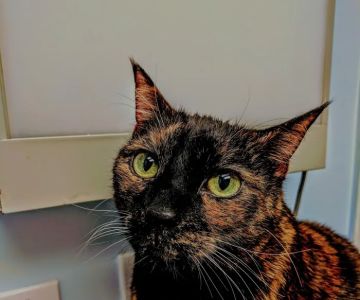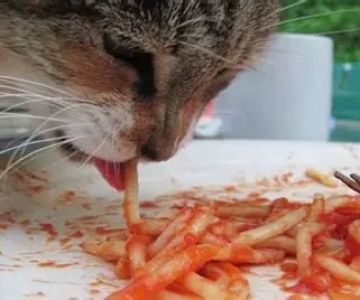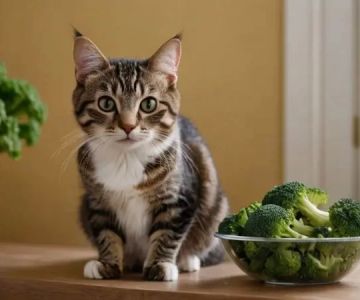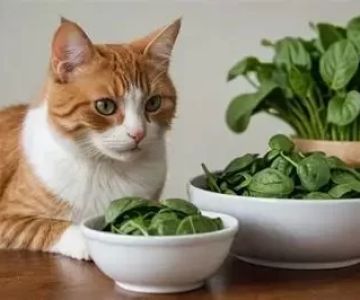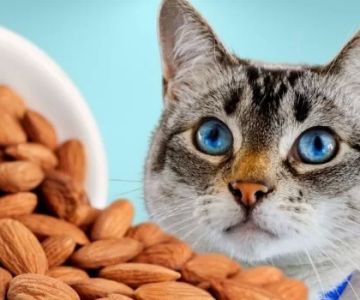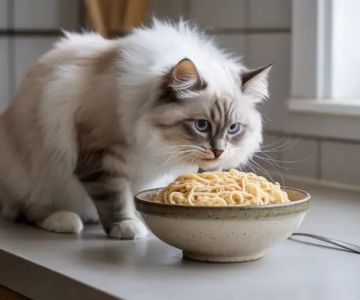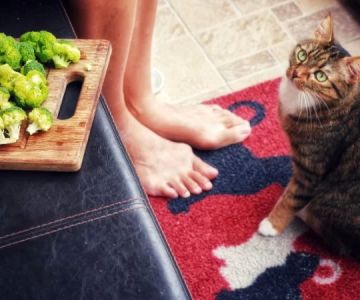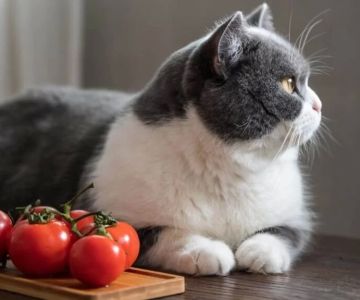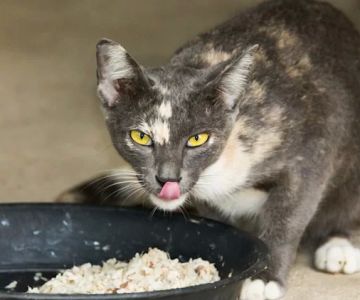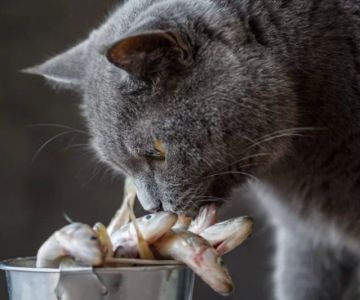- #understanding-mint-and-cats - Understanding mint and cats
- #can-cats-eat-mint-leaves - Can cats eat mint leaves
- #why-some-mints-are-risky - Why some mints are risky
- #signs-of-mint-toxicity-in-cats - Signs of mint toxicity in cats
- #safe-herbs-and-alternatives - Safe herbs and alternatives
- #real-pet-owner-experience - Real pet owner experience
- #expert-advice-from-hidden-brook-veterinary - Expert advice from Hidden Brook Veterinary
1. Understanding Mint and Cats
Mint is a refreshing herb loved by humans for its cooling scent and taste, but when it comes to our feline friends, things aren’t as simple. Many cat owners wonder, can cats eat mint leaves? While mint may seem harmless, certain types can actually pose health risks to cats depending on their chemical composition and concentration.
In the plant world, “mint” includes a wide family—peppermint, spearmint, catmint (or catnip), and even pennyroyal. Not all of these are created equal. Some varieties can be mildly stimulating, while others can be toxic to cats if consumed in larger quantities.
2. Can Cats Eat Mint Leaves
The short answer
Cats should not eat mint leaves, especially common household varieties like peppermint or spearmint. These plants contain essential oils such as menthol and pulegone, which can cause stomach upset, vomiting, or worse when ingested by cats.
But what about catmint or catnip?
Catmint (Nepeta cataria) is part of the mint family but is entirely different in effect. It’s safe and even enjoyable for most cats in moderation. However, garden mint or peppermint is another story—they are not feline-friendly due to their essential oil content.
Occasional exposure
If your cat accidentally chews on a mint leaf, there’s usually no need to panic. A small nibble may not cause harm, but repeated exposure or larger quantities can irritate your cat’s stomach or liver. Always observe your cat closely afterward for any signs of discomfort.
3. Why Some Mints Are Risky
Chemical components matter
The danger lies in the plant’s volatile oils. Peppermint contains menthol, which can interfere with a cat’s nervous system and cause mild to severe reactions. Pennyroyal, another type of mint, is highly toxic—even tiny amounts can cause liver failure in cats.
Differences between cats and humans
Humans can process these oils safely, but cats lack certain liver enzymes that help detoxify them. This means what smells refreshing to you could be harmful to your feline companion.
4. Signs of Mint Toxicity in Cats
Common symptoms to watch for
If your cat consumes mint leaves, keep an eye out for symptoms like:
- Drooling or pawing at the mouth
- Vomiting or diarrhea
- Weakness or lethargy
- Rapid breathing or unusual behavior
In severe cases, tremors or loss of coordination can occur. If you notice these symptoms, contact a vet immediately. At Hidden Brook Veterinary, professionals can perform a quick evaluation and provide supportive treatment if needed.
5. Safe Herbs and Alternatives
Cat-safe herbs you can grow at home
Instead of mint, consider growing catnip, valerian, or lemongrass. These plants are safe for cats and can even offer natural enrichment and relaxation benefits.
Practical home tips
Keep mint plants out of reach, especially in indoor gardens or kitchen counters. If you use mint-based essential oils, avoid diffusing them near your cat’s space—they can irritate the respiratory system even in vapor form.
6. Real Pet Owner Experience
A lesson from curiosity
One pet owner shared a story online about her cat, Luna, who chewed on a peppermint plant after a family dinner. Within hours, Luna began vomiting and appeared unusually tired. A quick trip to the vet confirmed mild mint toxicity, and with treatment, Luna recovered fully. The experience taught the owner to keep all mint plants far from her curious feline.
Takeaway
Even if your cat seems attracted to the smell, it doesn’t mean it’s safe. Cats often mistake mint’s aroma for catnip’s, leading to accidental ingestion.
7. Expert Advice from Hidden Brook Veterinary
Professional insights
Veterinarians at Hidden Brook Veterinary emphasize that prevention is key. Understanding what plants are safe for your pets is crucial to maintaining their long-term health. If you suspect your cat has eaten any part of a mint plant, it’s best to consult a vet—even if symptoms seem mild at first.
Healthy enrichment alternatives
Instead of offering mint leaves, consider safe feline herbs or specially formulated treats that mimic the playful effects of catnip. These alternatives are designed to engage your cat without risking toxicity.
Remember, every cat is unique. When in doubt, professional advice from trusted veterinary sources like Hidden Brook Veterinary ensures your feline stays happy, curious, and safe.

